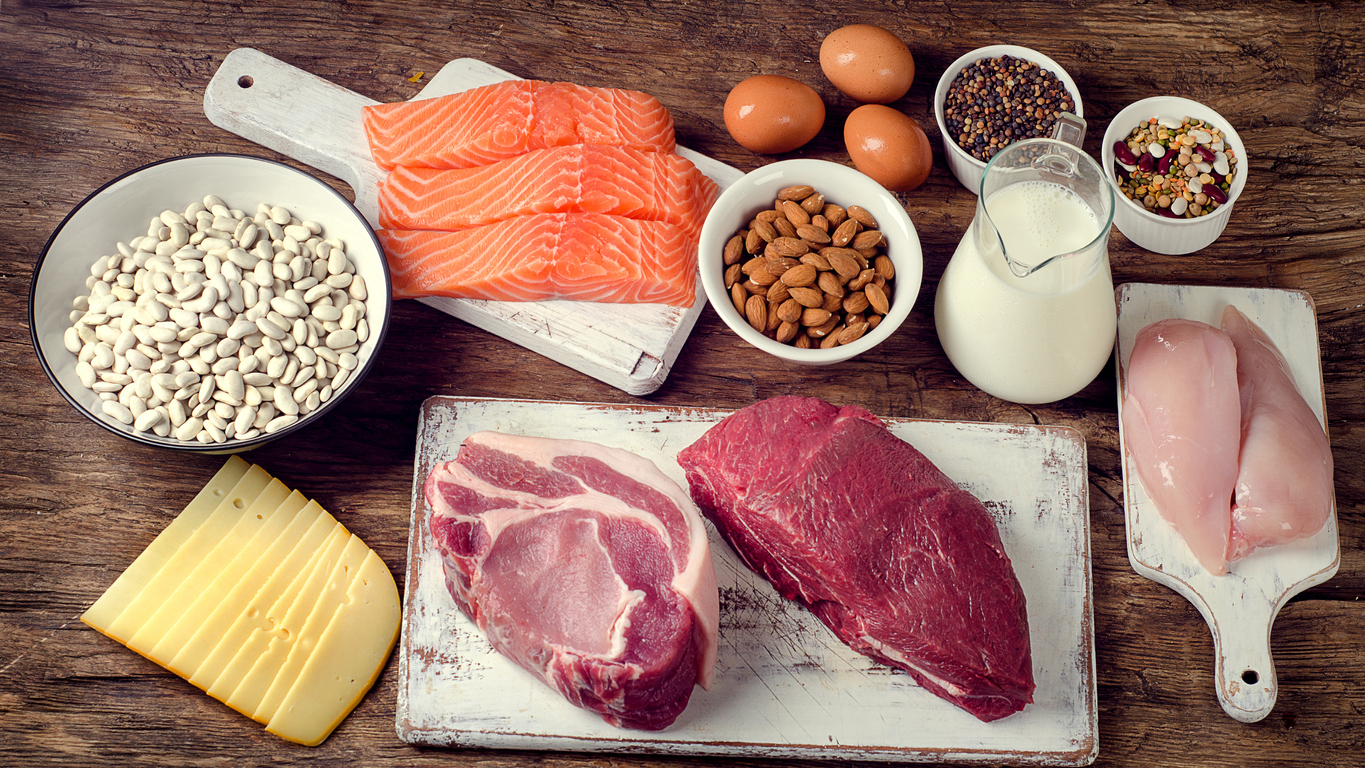potentially hazardous foods must be stored
If potentially hazardous foods are left in the Temperature Danger Zone for more than two. The simplest way to meet the requirements is to ensure that potentially hazardous food is received stored displayed or transported either very cold 5C or colder or very hot 60C or.
Sushi and sashimi includes fish that is to be consumed raw marinated or partially cooked.

. Potentially hazardous foods should be kept out of this danger zone or they should be in it for as short a time as possible to prevent the growth of harmful bacteria. Potentially Hazardous Food All potentially hazardous food should be kept below 41 o F for cold foods or above 135 o F for hot foods except. Food for storage must be kept covered andor stored in vermin-proof containers.
Critique of FDAs potentially hazardous foods definition18. Potentially hazardous food must be stored at 5C or colder to prevent bacteria from multiplying. Australian New Zealand Food Standards Code.
PHF must be stored and displayed below 5C or above 60C PHF must be thrown out if stored or. Financial Allocations Apportionments. 1976 Food Service Sanitation Manual and the 1982 Retail Food Store Sanitation Code clarified that the food must be in a.
Do not handle or prepare food for others. Potentially hazardous foods should be kept at 5 C or colder or above 60 C wherever possible however ready-to-eat foods can safely remain between 5 C and 60 C for up to 4 hours. English Language Development Standards.
Potentially hazardous food is a defined concept identifying foods to be maintained at certain temperatures to minimize the growth of any pathogenic microorganisms that may be present in the food or to prevent the formation of toxins in the food ANZFSC Standard 322 cl. 322 Division 3 62. Meat and meat products should be wrapped in airtight packages and may be frozen or refrigerated.
High School Equivalency Tests. Mussels clams crabs and lobsters should be purchased live from a. Received frozen should be stored at temperatures that will keep it frozen.
Potentially Hazardous Foods Sushi Sashimi. Due to their varied natures and. Dispose of any food remaining at the conclusion of the event.
The Australian requirements for the storage and display of potentially hazardous foods are. COOKING Refrigerated meat must be stored at 4C 40F or below. Foods that fall into this description include meat poultry seafood eggs cooked rice raw seed sprouts cut melons garlic and oil mixtures etc.
Safe Cold Storage Here are some basic food safety principles for the cold store. A food business must when storing potentially hazardous food store it under temperature control. All potentially hazardous food should be kept below 41 o F for cold foods or above 135 o F for hot foods except during necessary preparation time or a short display period.
Raw and cooked meat or poultry foods containing eggs cooked or raw dairy products like milk cream and fresh custard seafood sprouted seeds like beans and alfalfa. Potentially hazardous food Potentially hazardous foods are foods that must be kept at 5C or colder or at 60C or hotter to minimise the growth of food poisoning bacteria that may be in. Potentially hazardous food must be stored or held at or below 41 degrees Fahrenheit 5 degrees Celsius or at or above 140 degrees Fahrenheit 60 degrees Celsius.
Foods are accordingly assessed to be of high medium or low risk based on the potential to contain. Potentially hazardous TCS ready-to-eat food prepared on-site may be stored in a cooler for up to seven days as long as the maximum internal food temperature is. While most fresh potentially hazardous food should be stored at 41F 5C or lower others may have different.
Potentially hazardous foods should be kept at 5 C or colder or above 60 C wherever possible however ready-to-eat foods can safely remain between 5 C and 60 C for up to 4 hours. The 2 Hour 4 Hour Rule specifies how long fresh potentially hazardous foods such as cooked meat and meat-based foods dairy products prepared fruits and vegetables.
List Of Potentially Hazardous Foods
Lockout Tagout Poster Workplace Safety Slogans Occupational Health And Safety Lockout Tagout
What Is Time Temperature Control For Safety Tcs
List Of Potentially Hazardous Foods
Lockout Tagout Think Before You Start Performing Maintenance Or Servicing Lockout Tagout Workplace Safety Health And Safety
The Way You Store Food Can Affect It S Quality Deprive It Of Nutrients Food Storage Guidelines You Must Follow
Food Temperature Guidelines For Food Safety Fhc Blog
Temperature Danger Zone Food Type Risks And Ranges
Twitter 上的 Az Dept Of Health Forget The Labels On The Refrigerator Bins For Food Safety Store Foods In Your Refrigerator According To Cook Temperature With Foods Requiring The Highest Cook Temperatures
Food Safety Asotin County Health District
Potentially Hazardous Foods Health And Wellbeing Queensland Government
Preventing Foodborne Illness Food Safety Sanitation And Personal Hygiene
Temperature Control Of Potentially Hazardous Foods
